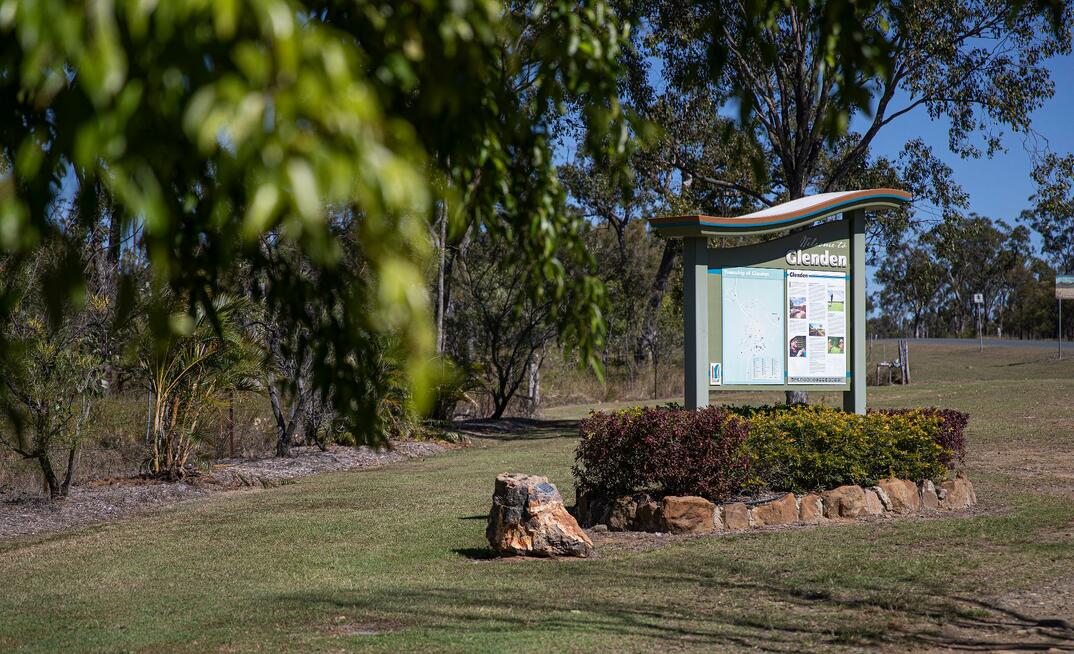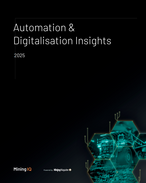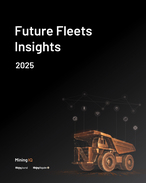Its future has long been on the line, and now the embattled mining town of Glenden in Queensland is again in the news. Is it any closer to a more secure future? Located 160km west of Mackay, the town...
Already have an account? Sign in here
Essential News & Insights for the METS Sector
AMM: Premier information hub for Australia's mining innovation and excellence. Stay ahead with the latest trends, technology, and practices. Essential for professionals.

























